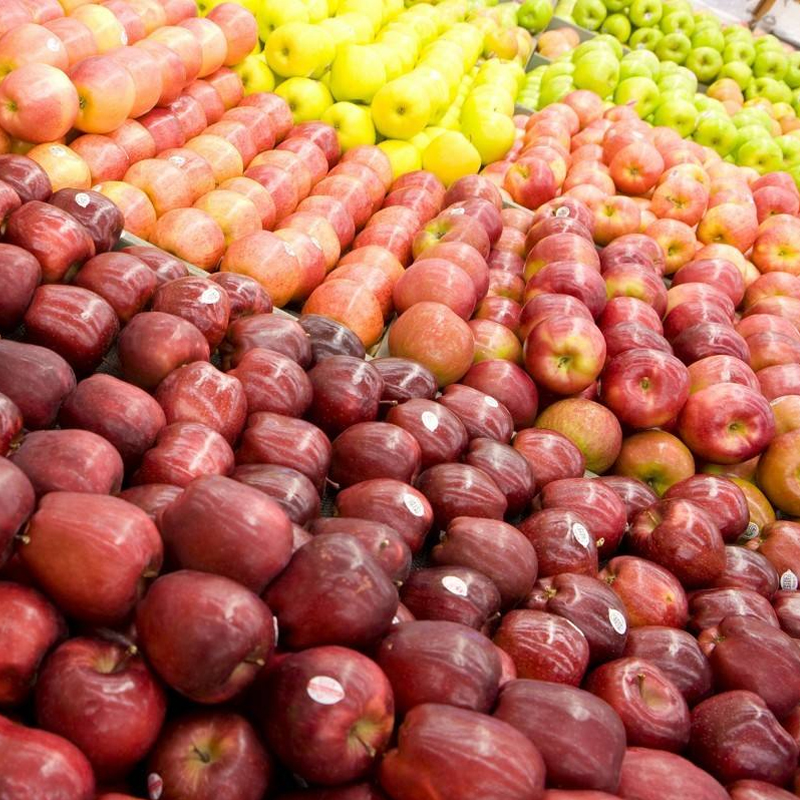Year after year, winemakers are always fighting against the same enemies. From the ancient Sombutariya to today's vineyards, the eternal enemy is fungus, insects, and severe cold.
Now Missouri State University researchers hope to use genetic technology to make wine grapes have the vitality of wild grapes.
At the newly established Vine Biotechnology Research Center, researchers are identifying and deciphering wild grape genes. Bacteria once plunged the vineyards of Europe into a plague, and most wine grapes escaped the plague. Wild vines are resistant to the bacteria.
Unlike hybridization, genetic repair can change a specific gene while keeping other genes the same. Gene technology is also much faster than hybrid plants. The co-director of the center, Dr. Laszlo Kovacs, said, "This is a combination of ancient plants and modern science."
This study is called the International Grape Genetic Project and wine producing countries will jointly promote the development of this technology.
Dr. Kovacs was born in a family of winemakers in central Hungary. He told us that this project will decipher about 30,000 genes of grapevines, find out which genes determine which characteristics, such as yield and resistance, and put the required genes. Implanted in wine grapes.
Kovacs said that the new research center has just been completed in April. This project has been carried out for more than two years at the University of Missouri-Mountain Grove campus. The vast majority of the funds for this center come from grants. This year, it received a total of $332,000. Grants. The work of the center is mainly focused on the subject of bacterial diseases. Grapes all over the world have been attacked by diseases. However, the climate in the central and western regions of the United States is hot and humid, and grape diseases are particularly serious. Researchers are comparing the response of native grapes and exotic grapes to bacterial diseases. They hope to find a gene to enhance the vitality of the local grape.
They are building gene banks and experimenting with how to move genes into the cells of the vine.
Dr. Kovacs said that it will take a decade or more before the study can be introduced into practice. Once it is successful, it will have a major impact on farmers and planting environment. This study will greatly reduce the cost of farmers and the environment. Requirements, very worth the wait.
Some wine growers are skeptical. They worry that consumers and managers can accept GM wines. Joe Hill, vice president and general manager of Stone Hill Winery, said that consumers are generally wary of genetically modified foods. The wine industry is often deterred from tradition and is resistant to minor changes. It is still unknown whether the industry can accept genetically modified wines. What's more, is it legal to do so?
Apple is a low calorie food, producing 60 thousand calories per 100 grams. Apple is rich in soluble nutrients and is easily absorbed by human body, so it is known as "living water". It helps to dissolve sulfur and soften the skin. It is said, "an apple a day, the doctor is away from me".
There are thousands of apple varieties, which are divided into 3 categories: wine varieties, cooking varieties and tail food varieties. There are differences in the size, color, flavor and smoothness of the 3 kinds of varieties (possibly brittleness and flavor). Many varieties contain high sugar content, moderate acidity and low tannin content. Apple is not only raw, but also has many cooking methods. It is often used as a dessert stuffing. Apple pancake is probably the first American dessert.

Fresh Apple,Fresh Fuji Apple,Fresh Sweet Apple,Fresh Crisp Apple
Ningxia Hongqiaozhigu Technology&Development Co.,Ltd , http://www.guofuhui-ec.com